As much as tyres are generally ugly and dirty, they are the equal most important piece of equipment on a vehicle. Take some time to maintain the tyres and the effort will be returned by saving you time, money and maybe even your life.
Firstly, there is an opinion that tyre wear will be higher on an electric vehicle compared to a conventional combustion engine car. This is based on the fact that an equivalent size and class of EV is heavier than the ICE vehicle it may replace. In theory this could be seen as correct, in reality it’s a misguided assumption that doesn’t take in all the other reasons for tyre wear, it also doesn’t consider that an EV can be consistently driven in a much smoother manner than an ICE vehicle thus reducing tyre wear.
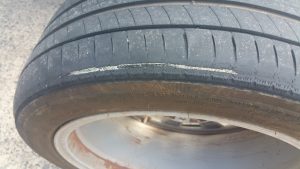 Regular checks may catch uneven wear issues before it is too late.
Regular checks may catch uneven wear issues before it is too late.
The other factors that contribute to a tyres lifespan are, and in no particular order:
- Tyre compound and tread wear rating- some tyres are designed for the best handling and grip possible, the lifespan is not really a concern, other tyres are designed with the best compromise between performance, safety and value per kilometre driven, there can be a vast difference in the lifespan of these two extremes on the same type of car.
- Driving habits- it’s fairly obvious that if you’re steering a low centre of gravity EV fast through corners and roundabouts on a consistent basis the tyre tread won’t last too long, no different from an ICE car except for the lower fuel bill.
- Road conditions- some roads have a very coarse surface, this is not only detrimental to fuel economy but also takes a toll on the tread.
- City or country driving- consistent straight line driving puts far less strain on tyres compared to corners, roundabouts and constant braking/accelerating.
- Care and maintenance- wheel alignment and tyre rotation is necessary from time to time, it doesn’t take too long to have a quick look over the tread for unusual wear, if you can catch any increased wear on the edges it may save an expensive tyre replacement.
- Tyre pressures- the easiest way to get the best lifespan from a set of tyres is to consistently check the pressures, not only that but correct tyre pressures give the best all round handling, accelerating and braking plus a correctly inflated set of tyres is going to provide far better range than a set that are under inflated.
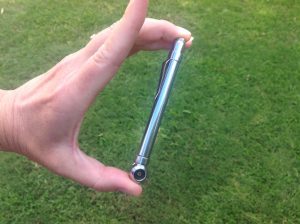 Carry an accurate pressure gauge in the glovebox.
Carry an accurate pressure gauge in the glovebox.
A few tips:
- Most new cars now have tyre pressure monitoring systems, generally these are fairly accurate but to be sure carry an accurate pressure gauge in the glovebox for cross-reference, don’t trust the pressure gauge in a fuel station unless it’s near new.
- Nearly all tyres lose pressure over time, don’t be too concerned unless it’s 3 or more psi per month, it may not be a tyre problem but in fact a faulty wheel rim or valve that needs attention.
- Always check and set tyre pressures cold, that is before you go for a drive when the tyres are near room temp.
- Tyre pressures will increase after driving for 10 to 20 minutes, this will vary depending on the amount of built up heat on the road, a Tesla Model S tyre that starts off at 45psi cold can get up to 52psi after 30 minutes of driving on a hot day, as long as all 4 tyres are showing similar pressures this is fine.
- If you are traveling long distance on a very hot day and are still concerned with high pressures, drop the speed back slightly or better still give the car a break, park up in the shade and go off for a drink, DO NOT release air from the tyres to compensate for the high pressures, a softer tyre will have more sidewall flex, in turn creating more heat and more chance of tyre damage.
- If you’re planning on country driving carry a full size spare. Space saver spares are only okay if you treat them with respect and follow the instructions, keep in mind that a space saver is a last resort for short distances at low speeds. **Don’t forget when you carry a spare to have a good quality jack and a small flat timber block to stop it sinking into the soft ground.
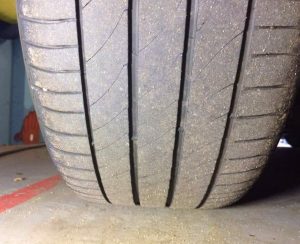 Tesla Model S, 19 inch tyre after driving 75,000km. Enough tread for at least another 15,000km.
Tesla Model S, 19 inch tyre after driving 75,000km. Enough tread for at least another 15,000km.
To summarise – tyre manufacturers invest a large amount of time and money into their products – this cost is passed onto the customer – look after your car’s tyres and its money well spent.
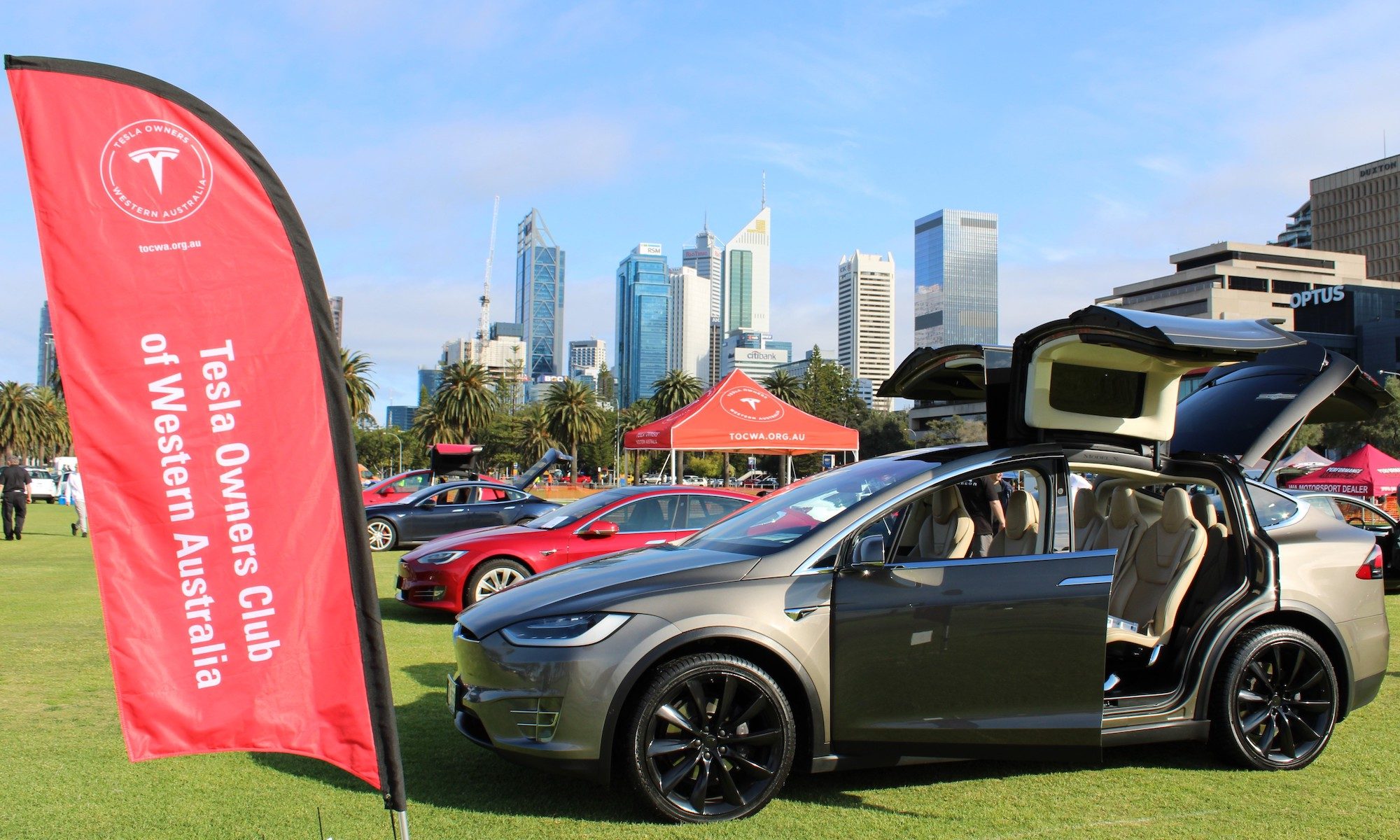
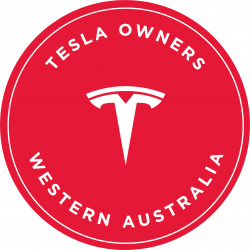
Inflate tyres with nitrogen to reduce operating temperature, thereby extending tyre life and eliminate loss of pressure over time. Same reason nitrogen is used in all race cars including F1.
I’m not convinced about Nitrogen for a road car – but it can’t hurt 🙂
Ambient air contains 78% nitrogen, so filling your tyres with (just) nitrogen increases the content by 22% – reducing the effect of temperature on pressure, but not by a lot, especially on road cars.
Can anywhere change tesla tyres in Perth? Or does it have to be tesla?.
Scott,
Any tyre retailer should be able to work on your tyres – there’s nothing really specific about EVs in that regard.
Hi guys. Lots of bad reviews on tyre rotation at places in Perth. Can anyone recommend a place they’ve been to to rotate and balance? Tesla quote $380!!
Not sure what bad reviews you’re seeing, but I used Tyrepower Claremont – Tesla used to use them when they had the small service centre in Nedlands.
Ken
Does anyone have any recommendations or advice on replacement tyres for the Model 3 standard range.
Current tyres Michelin Pilot Sport 4 235/45 ZR 18 ($430 per tyre)
Have been recommended (in the $300 range):
Kumho PS71 EV+F 98Y
Toyo PXC 100
Maxxis VS 5
Any thoughts or advice/experiences much appreciated.
No specific advice, no.
At one level tyres are tyres – as long as they have the correct ratings, then they’re good to use.